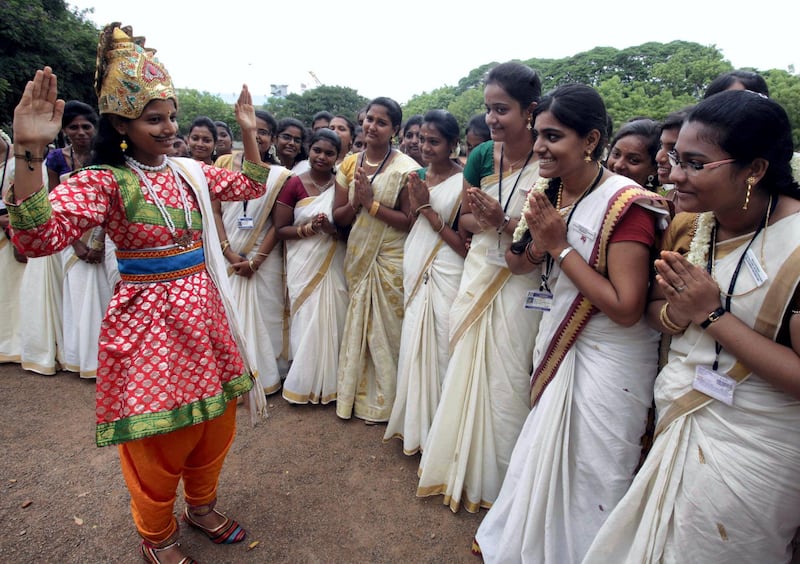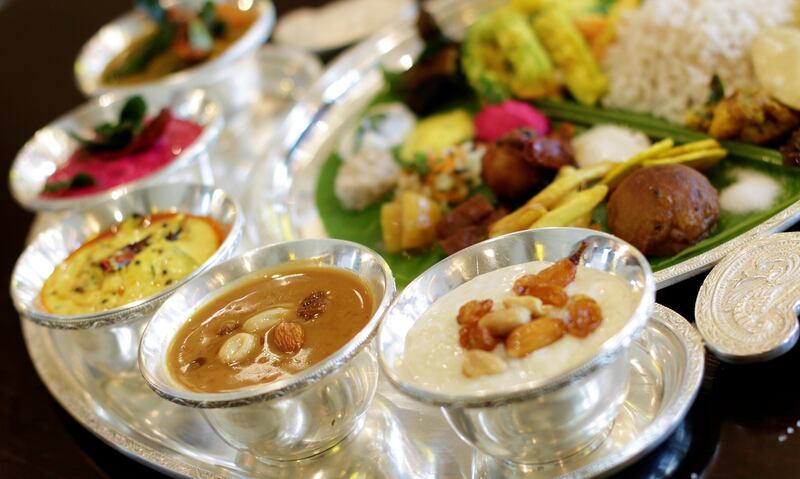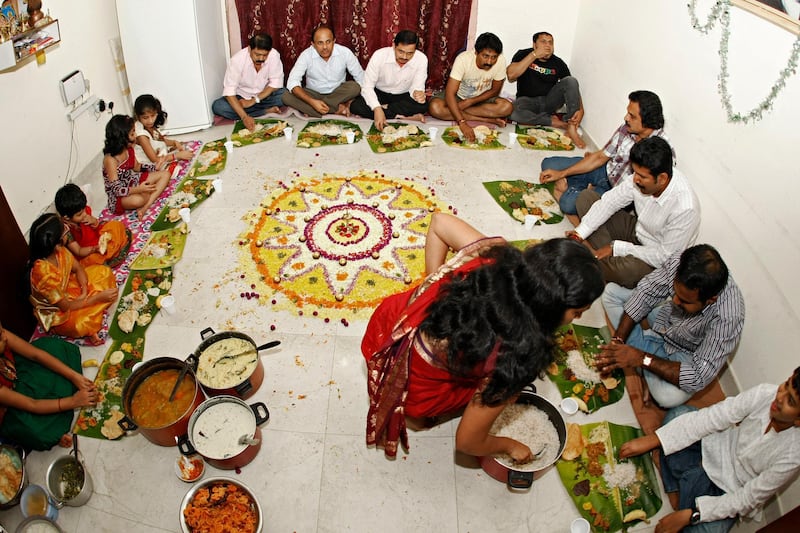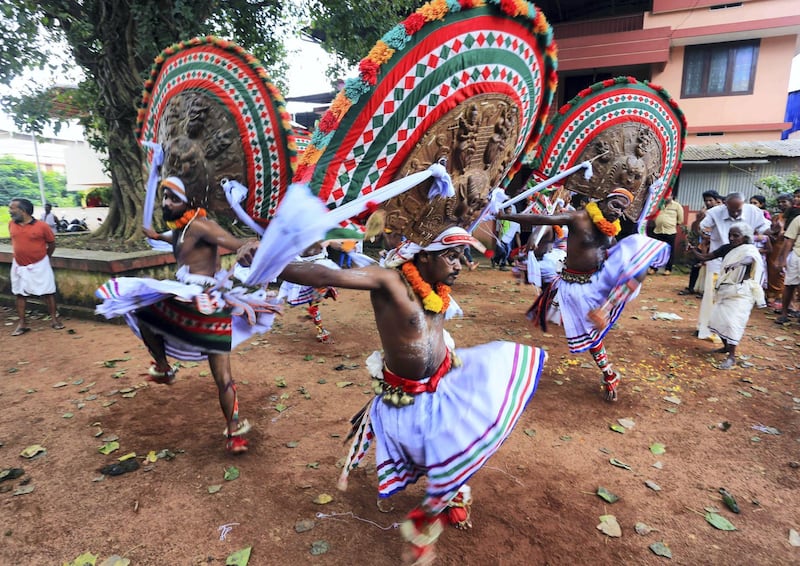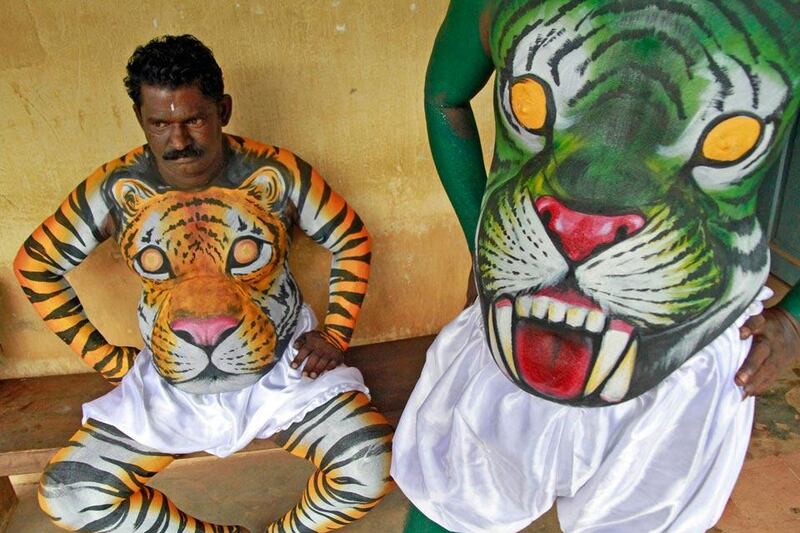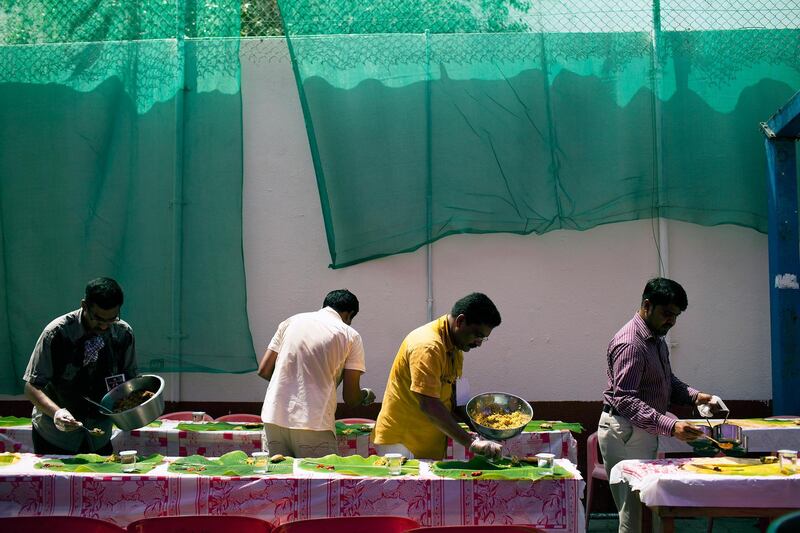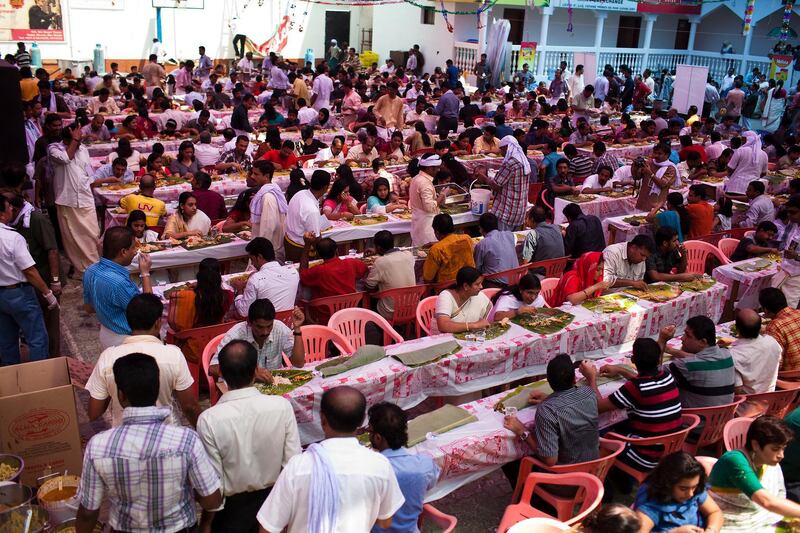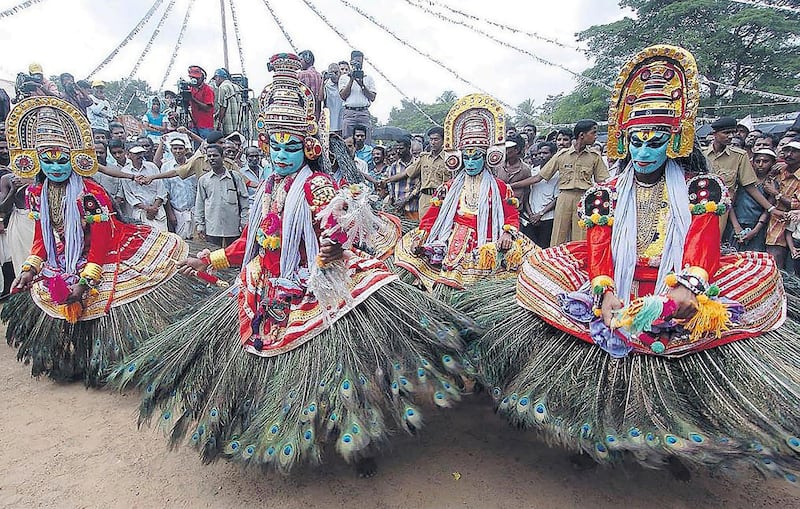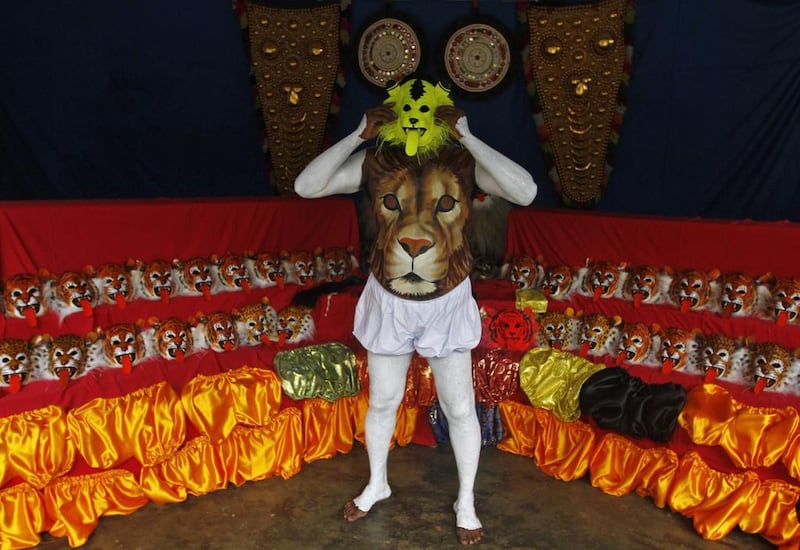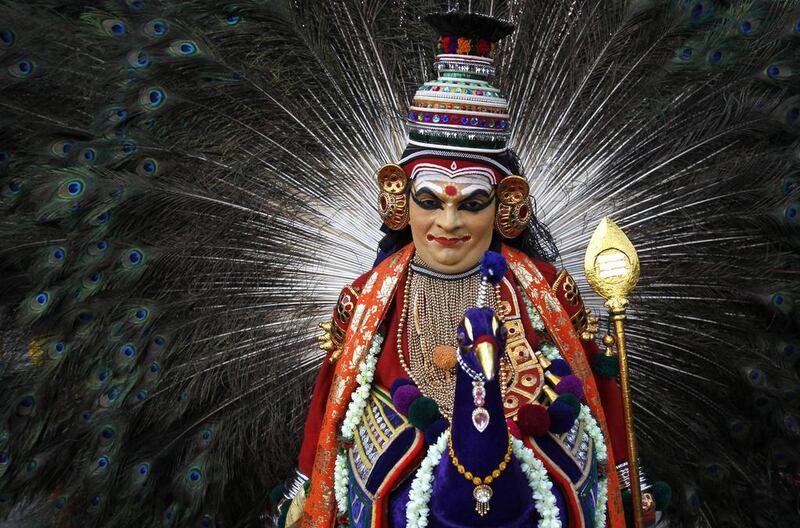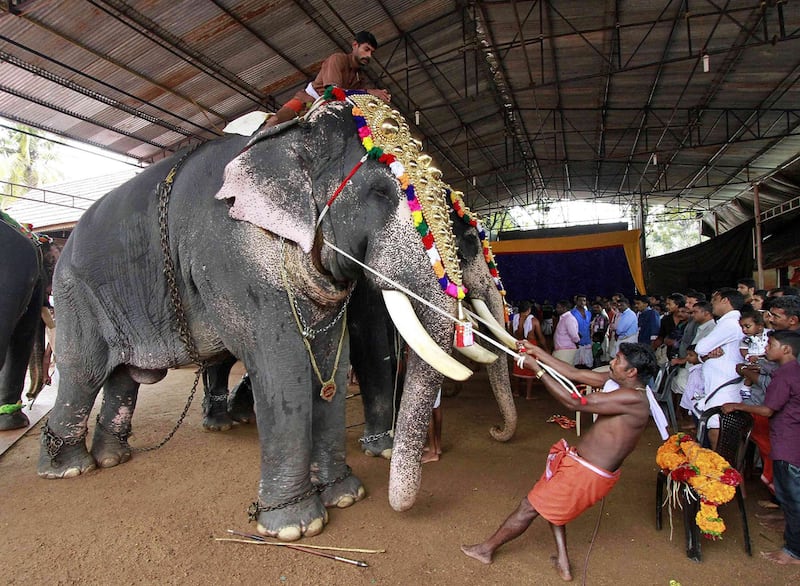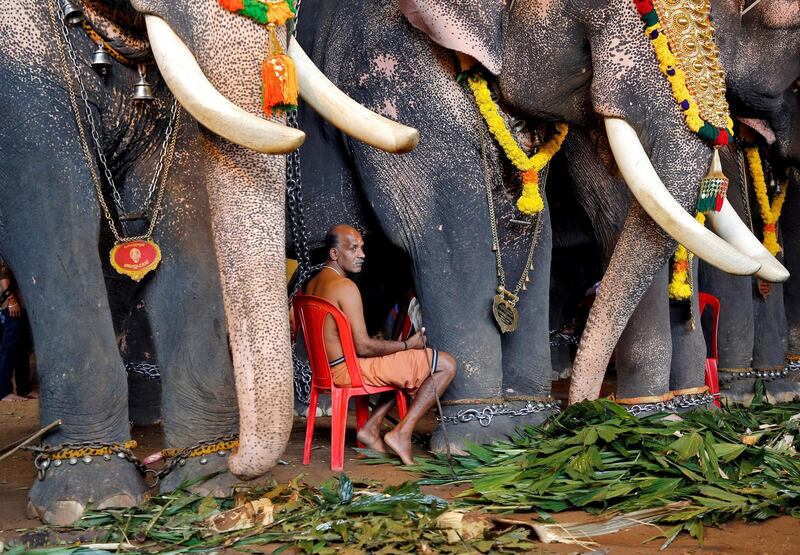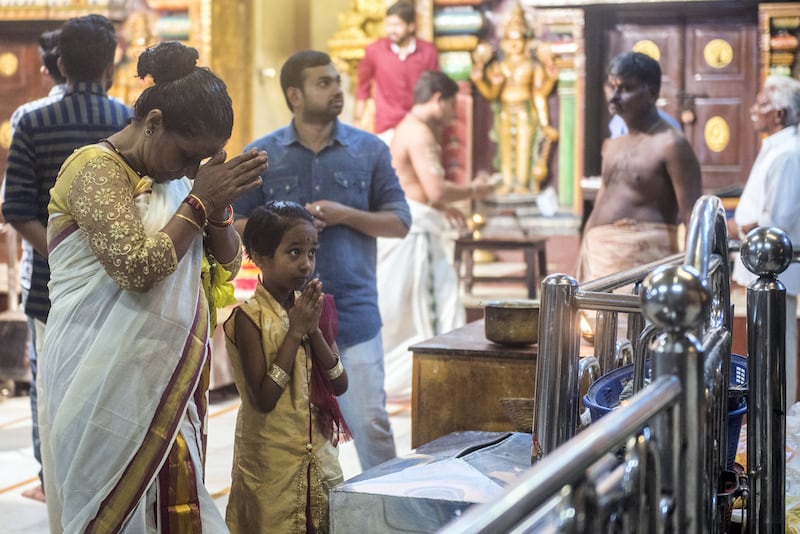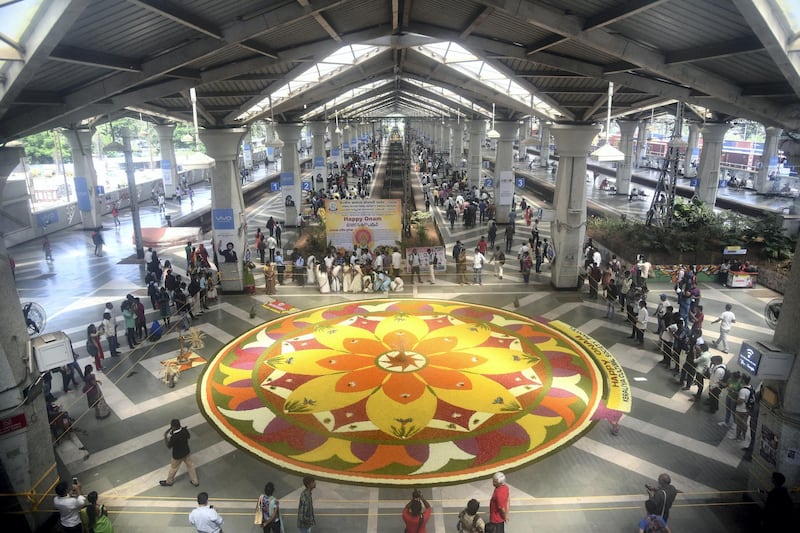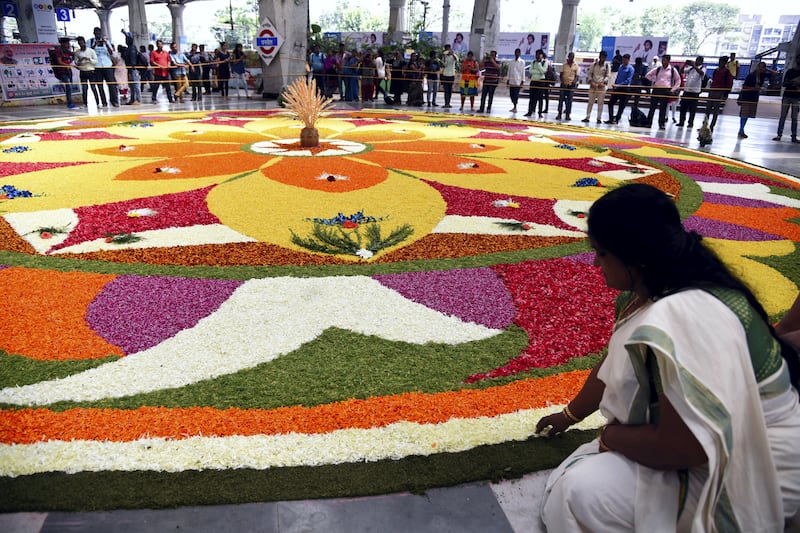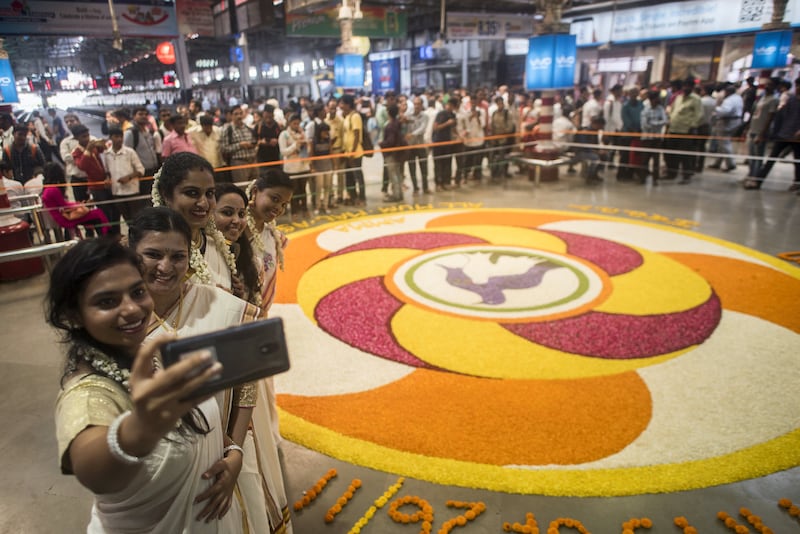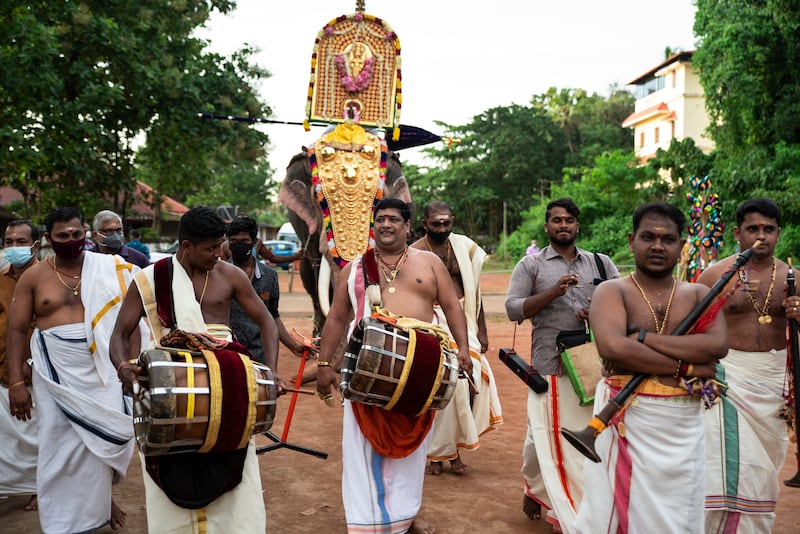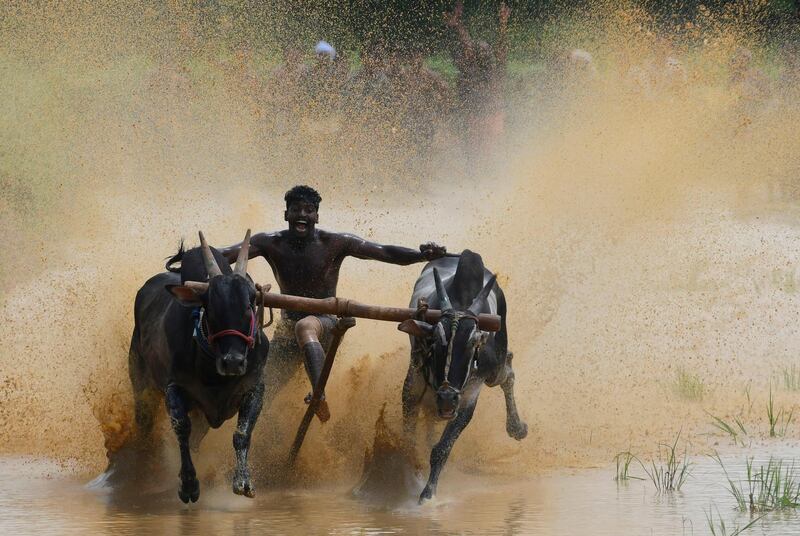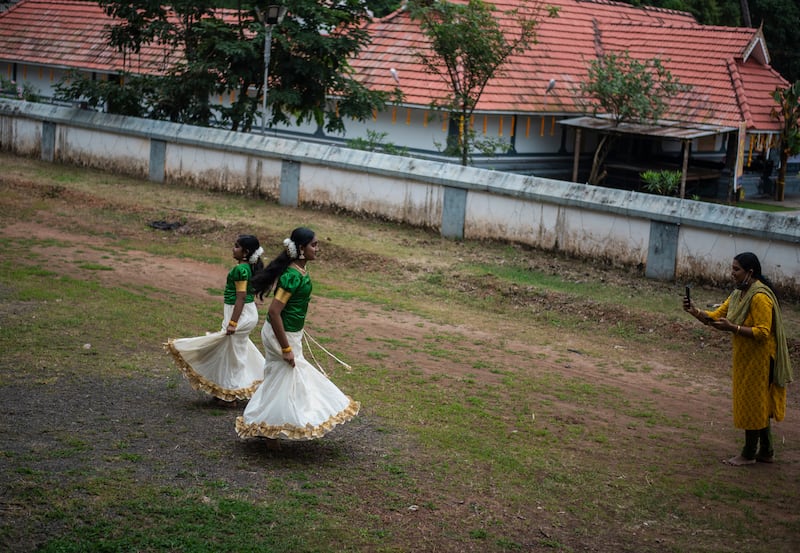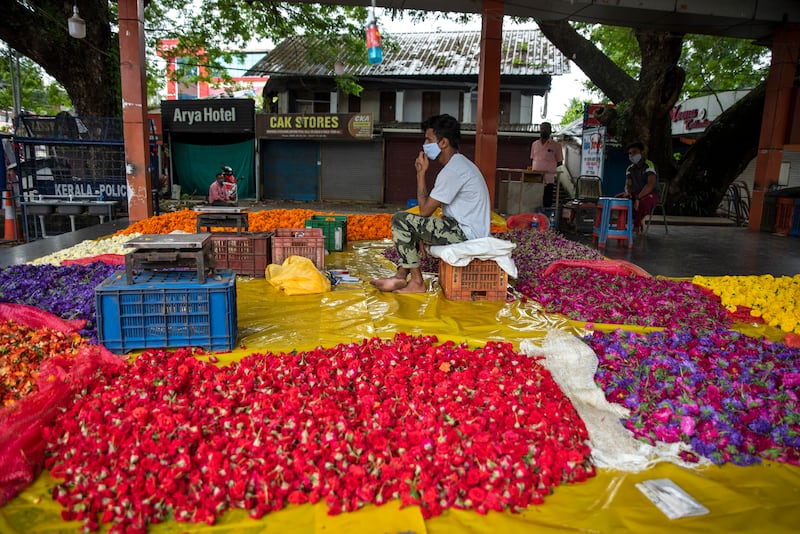For 10 days starting Sunday, Onam celebrations will take place across the South Indian state of Kerala and among Malayali communities around the world.
The important Keralite harvest festival falls in the Malayalam calendar month of Chingam, which corresponds to August or September in the Gregorian calendar. This year, it will be celebrated from Sunday to August 31.
Although it is a Hindu festival, it's taken on such cultural significance that people of all religions in Kerala now celebrate it to some extent.
History of Onam
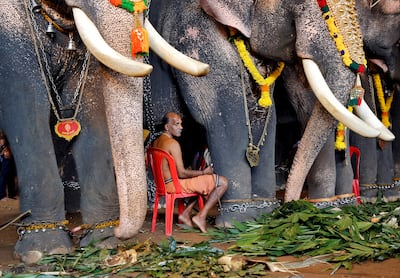
The festival celebrates the return from the underworld of king Mahabali, who was considered a great ruler. Legend has it that when he ruled, there was no discrimination based on caste, and no corruption or crime.
It is said that the great king was later sent to the underworld by lord Vishnu (or Vamana), but was allowed to visit his people once a year, and Onam thus came about.
The Kerala government made it an official holiday in the 1960s. The area in Kochi called Thrikkakkara is particularly significant during the festival, because of its temple.
There are public holidays in Kerala every year for the festival with families spending time together and many people getting up early to pray.
The harvest festival of Onam is not to be confused with Vishu, which was in April this year, and marks the Malayali New Year.
What is Onam sadya?
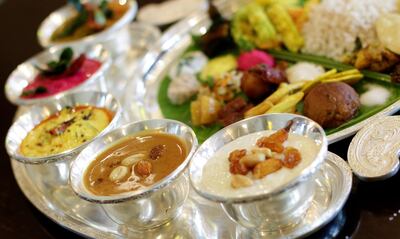
One of the highlights of the festival for many is the Onam sadya or feast. Vegetarian food is often served en masse in the community, in restaurants or at homes, and is always presented on a banana leaf.
The most important feast is served on Thiru Onam, the key date of the festival, which this year is on August 31.
Nine to 30 different dishes can be served, including curries, dal, pickles, poppadoms, banana chips and more.
This particular kind of feast is generally only served during weddings or Onam, and so is cherished by all at this time of year.
Pazhamkootan, a stew made from leftovers of the Onam sadya, is another popular dish in Malayali households.
The performances and events
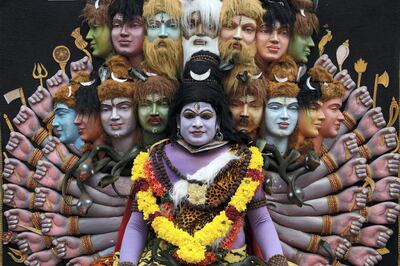
There are many different performances and events as part of the Onam celebrations. One major event is the snake boat races. The vessels are similar to dragon boats, and are the region's traditional war boats that date back about 500 years.
Another important event is the Kummati Kali dances through the streets, particularly in the Thrissur district. The dancers wear colourful masks and cover their bodies in grass. Theyyam performers – considered to be direct lines to the gods – are also commonly seen during the festival and often perform at temples.
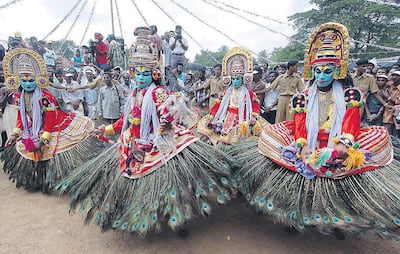
On the fourth day of Onam, performers dressed as tigers and hunters entertain people with their colourful costumes, dancing along to drums, emulating the "hunt". It is believed that the Maharaja of Cochin introduced the tiger dance as an Onam tradition around 200 years ago, and that he appreciated the macho spirit of the event.
The flowers and the clothes
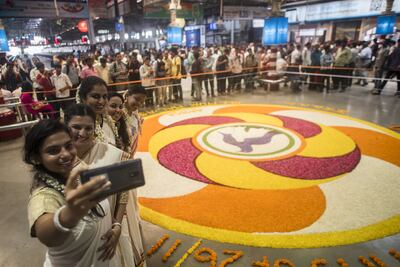
Much like during Diwali, people place flower arrangements around their community, and outside their homes, called pookkalam. They are considered auspicious and are placed to welcome king Mahabali.
Women wear a kasavu two-piece set, or a sari, during Onam, which is cream-coloured with a gold border. They also wear flowers in their hair. Meanwhile, men wear the traditional mundu wrapped around their waist.
Other traditions
There are near countless colourful variations of traditions and dances during this time of year. But, to name a few, many people buy new clothes to wear during the holidays and, just like during Diwali, lamps are lit during this time.
After Onam, the pookkalam flower arrangements are often placed in the river.
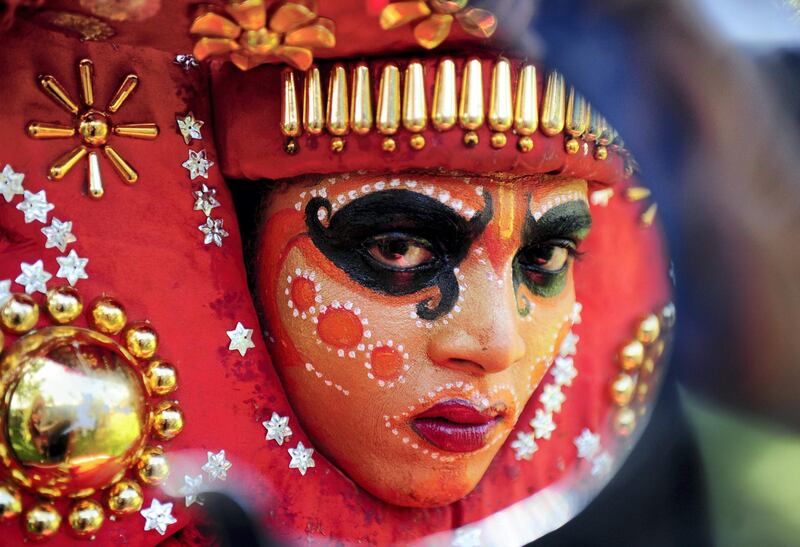
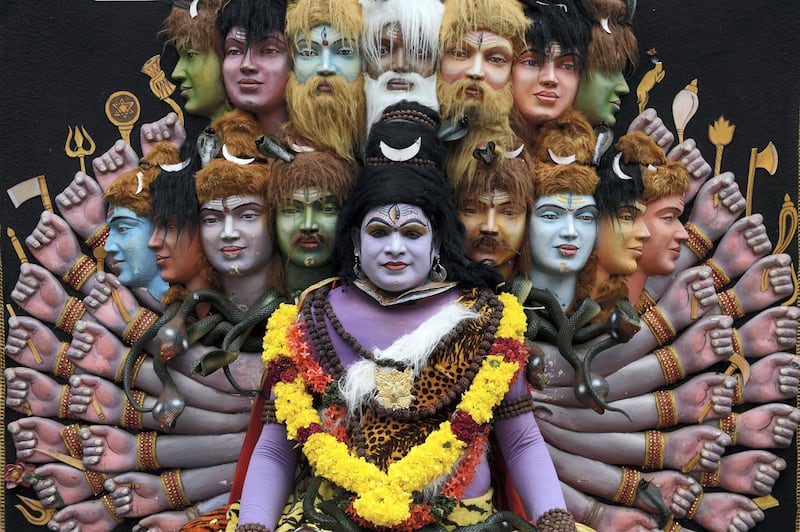
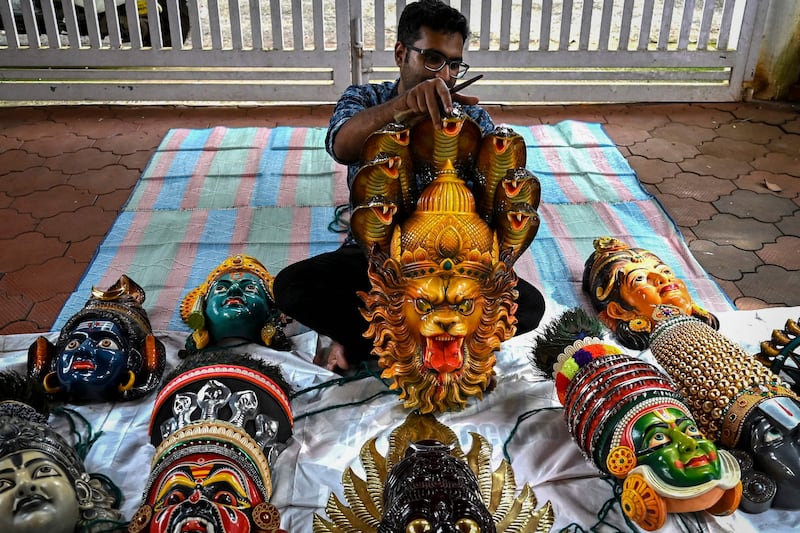
![Indian performers painted as tigers take part in the 'Pulikali', or Tiger dance, in Thrissur on September 7, 2017. - The folk-art event is held every year in the town during the 'Onam' festival. (Photo by ARUN SANKAR / AFP) / “The erroneous mention[s] appearing in the metadata of this photo by ARUN SANKAR has been modified in AFP systems in the following manner: [September 7, 2017] instead of [September 17, 2016]. Please immediately remove the erroneous mention[s] from all your online services and delete it (them) from your servers. If you have been authorized by AFP to distribute it (them) to third parties, please ensure that the same actions are carried out by them. Failure to promptly comply with these instructions will entail liability on your part for any continued or post notification usage. Therefore we thank you very much for all your attention and prompt action. We are sorry for the inconvenience this notification may cause and remain at your disposal for any further information you may require.”](https://thenational-the-national-prod.cdn.arcpublishing.com/resizer/v2/23FMZRQDGLC65ERGG5LDRL3ANE.jpg?smart=true&auth=7d90f960932765b28f1eb68914d2f84ee6e3663641a8613c9bac9c09226fe347&width=800&height=504)
